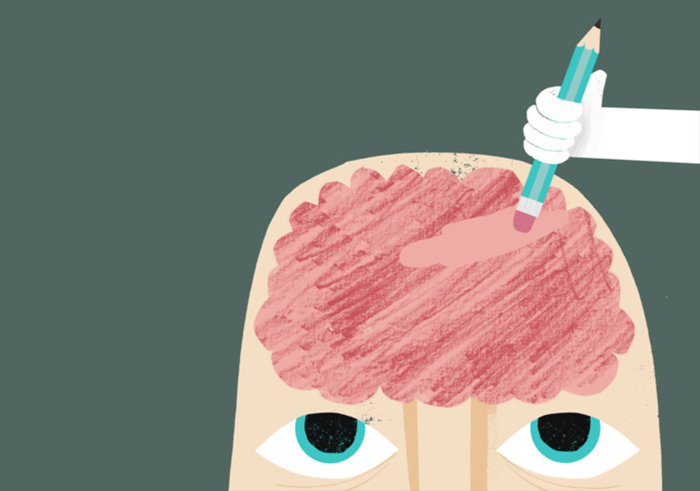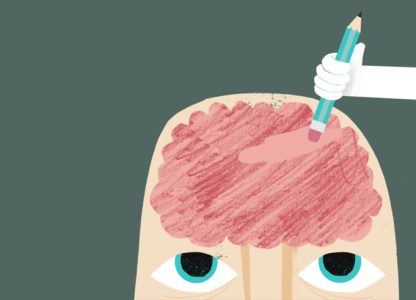Here is a follow up to “The science of effective learning with spacing and retrieval practice” taken from an interview with Professor Shana Carpenter on Science Daily.
The original and teacher accessible paper examined more than 100 years of research on learning, reminding us that students now have “greater responsibility” for keeping themselves “on track,” to “monitor their progress and remediate their learning when necessary.” The conclusions were clear.
The benefits of spacing and retrieval practice have been confirmed over and over in studies in labs, classrooms, workplaces, but the reason why we’re showcasing this research is because these two techniques haven’t fully caught on. If they were utilized all the time, we’d see drastic increases in learning.
Professor Shana Carpenter
- Spacing and retrieval practice – work
In one study, medical students who received repeated surgery training over three weeks performed better and faster on tests 2 weeks and 1 year later compared to medical students who had the same training all on one day.
- These two high utility strategies have not “fully caught on.”
Good job there is a new book coming out for teachers working at the chalkface. Moving swiftly on.
The paper discusses both spacing, then benefits of some forgetting and retrieval.
There isn’t a universal rule about how much time to schedule between practice sessions. But research shows returning to the material after forgetting some — but not all — of the content is effective.
Professor Shana Carpenter
On retrieval practice, again the focus is on post-learning (flash cards, practice tests and open-ended writing prompts, and helps learners recognize what they do and don’t know). More than 200 studies show more information is retained for longer periods of time with retrieval practice compared to strategies that do not involve retrieval (re-reading a textbook). Also note that the paper signposts the role of feedback – that pupils who check their responses for errors or get feedback right away learn even better.
Let’s not forget – potentiated benefits of learning.
But here is the point. Carpenter et al (2022) argue that combining spacing and retrieval practice offers pupils the best chance of remembering information.
Forgetting is a very natural thing; you can’t stop forgetting even if you try, but you can slow down forgetting by using retrieval practice and spacing.
Professor Shana Carpenter
So why has these strategies lacked traction?
Carpenter argues that learners have “false beliefs about learning,” or misconceptions, what is referred to in the book as “illusions of competence.”
Probably the number one misconception is that learning has to feel easy in order to be working, and that’s just not true at all.
Professor Shana Carpenter
Carpenter does add an interesting point from the interview, that students, learners, pupils do not like “making mistakes” or realising “they don’t understand the material as well as they thought.” She highlights the emotional side of learning often overlooked and that it is better to know now, than after the final assessment.
Bringing it into the classroom
It is great to hear of researchers visiting classrooms. In the interview, Professor Carpenter talks about an elementary school math teacher and a middle school teacher – in both cases Carpenter emphasises the teachers in both examples did not grade the activities.
Learning how to learn is going to ensure that anywhere you go after the formal education years, you’re going to know how to learn something and be successful.
Professor Shana Carpenter
And in the classroom is where we will leave it.



